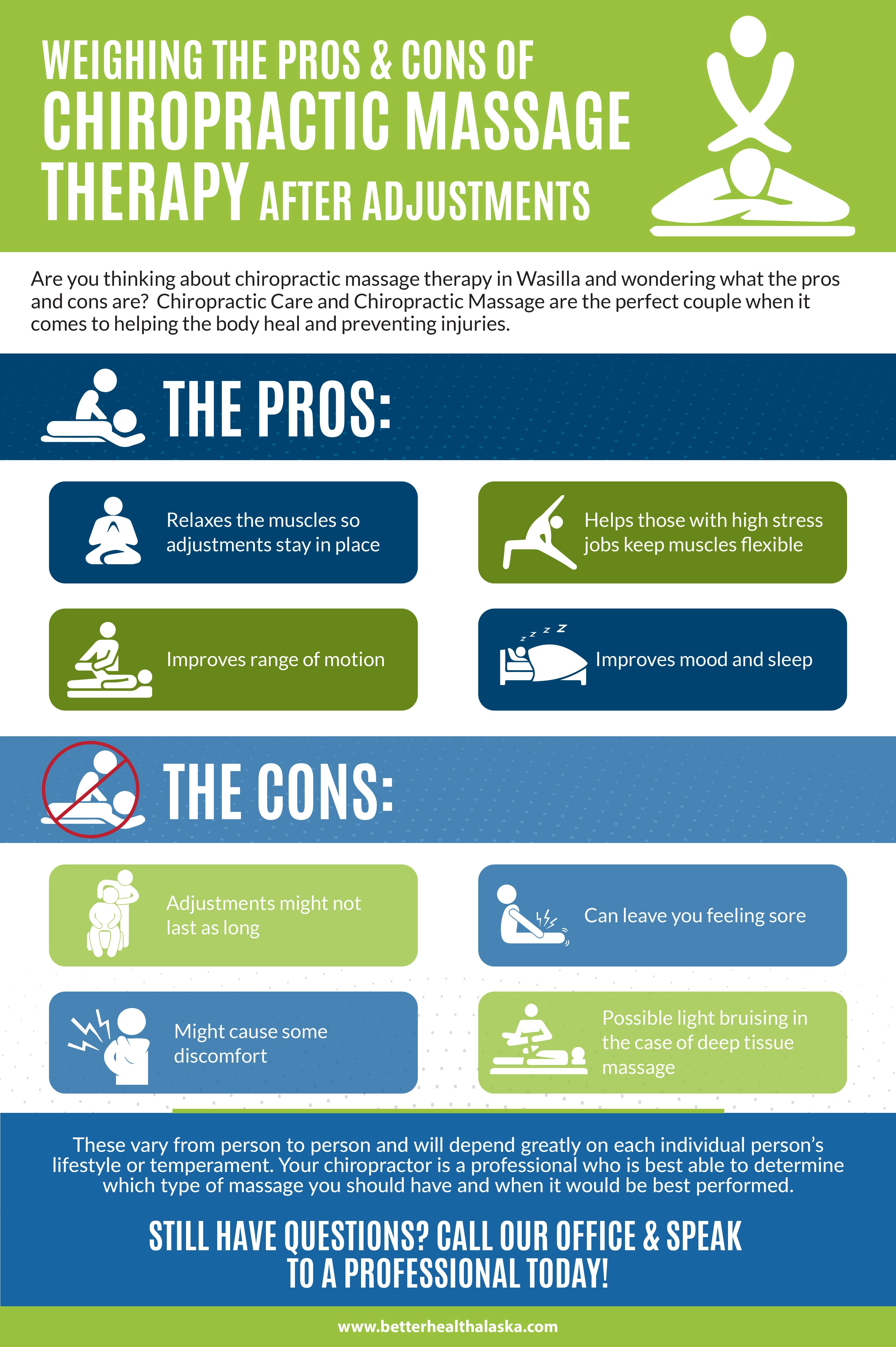Checking Out The Systems And Impacts Of Cold Laser Therapy: A Detailed Scientific Perspective
Checking Out The Systems And Impacts Of Cold Laser Therapy: A Detailed Scientific Perspective
Blog Article
Write-Up Composed By-Rosendahl Peters
You may have come across cold laser therapy as a promising treatment choice for numerous problems, but have you ever wondered just how it actually works on a cellular level? Recognizing the devices behind this treatment can clarify its efficiency in promoting recovery and reducing inflammation. By discovering the scientific research behind cold laser treatment, you'll obtain understandings right into the interesting ways in which light can affect mobile procedures and help with tissue repair.
Exactly How Cold Laser Treatment Functions
To comprehend just how cold laser therapy works, you need to realize the fundamental concepts of exactly how light power connects with organic cells. Cold laser treatment, additionally known as low-level laser therapy (LLLT), uses details wavelengths of light to penetrate the skin and target underlying cells. Unlike the intense lasers utilized in surgeries, cold lasers release reduced degrees of light that do not create heat or cause damage to the cells.
When these gentle light waves reach the cells, they're taken in by parts called chromophores, such as cytochrome c oxidase in mitochondria. cellulite treatment ct sets off a series of biological responses, including boosted mobile energy production and the release of nitric oxide, which boosts blood flow and minimizes inflammation.
Moreover, the light energy can also promote the production of adenosine triphosphate (ATP), the energy currency of cells, helping in cellular repair service and regrowth procedures.
Essentially, tattoo removal stamford takes advantage of the power of light power to promote recovery and minimize pain in a non-invasive and gentle fashion.
Devices of Activity
How does cold laser therapy actually work to generate its therapeutic results on biological tissues?
Cold laser therapy, also referred to as low-level laser treatment (LLLT), runs with a procedure called photobiomodulation. When the cold laser is put on the skin, the light energy penetrates the cells and is absorbed by chromophores within the cells.
These chromophores, such as cytochrome c oxidase in the mitochondria, are then stimulated by the light energy, causing a waterfall of organic responses. One key device of action is the enhancement of mobile metabolic process.
The taken in light power raises ATP manufacturing in the mitochondria, which is crucial for cellular function and repair service. Furthermore, cold laser therapy helps to minimize inflammation by inhibiting inflammatory mediators and advertising the release of anti-inflammatory cytokines.
This anti-inflammatory impact adds to pain alleviation and tissue recovery.
Restorative Effects
Recognizing the healing impacts of cold laser treatment involves identifying how the boosted mobile metabolism and anti-inflammatory properties contribute to its favorable outcomes on organic tissues.
When https://injury-relief-chiropracti17283.blogpayz.com/30310545/submerse-on-your-own-on-the-planet-of-cool-laser-treatment-and-witness-its-transformative-advantages-for-discomfort-relief-and-recovery-in-the-year-2024-experience-the-future-of-medical-developments is related to the affected area, it boosts the mitochondria within the cells, resulting in raised production of adenosine triphosphate (ATP), which is essential for mobile feature and repair. This increase in cellular energy increases the recovery procedure by promoting cells regeneration and lowering swelling.
Furthermore, the anti-inflammatory properties of cold laser therapy assistance to reduce pain and swelling in the targeted location. By hindering inflammatory conciliators and advertising the launch of anti-inflammatory cytokines, cold laser therapy aids in relieving discomfort and enhancing the general recovery reaction.
This decrease in swelling not only supplies prompt relief however also sustains long-term cells fixing.
Conclusion
In conclusion, cold laser therapy works by stimulating mobile repair service and cells regeneration through photobiomodulation. Its anti-inflammatory residential properties supply discomfort alleviation and decrease swelling by preventing inflammatory conciliators.
This treatment supplies a detailed approach to recovery, providing both instant alleviation and long-lasting tissue repair work benefits.
With its systems of action, cold laser therapy proves to be a reliable and promising treatment alternative for a range of conditions.
